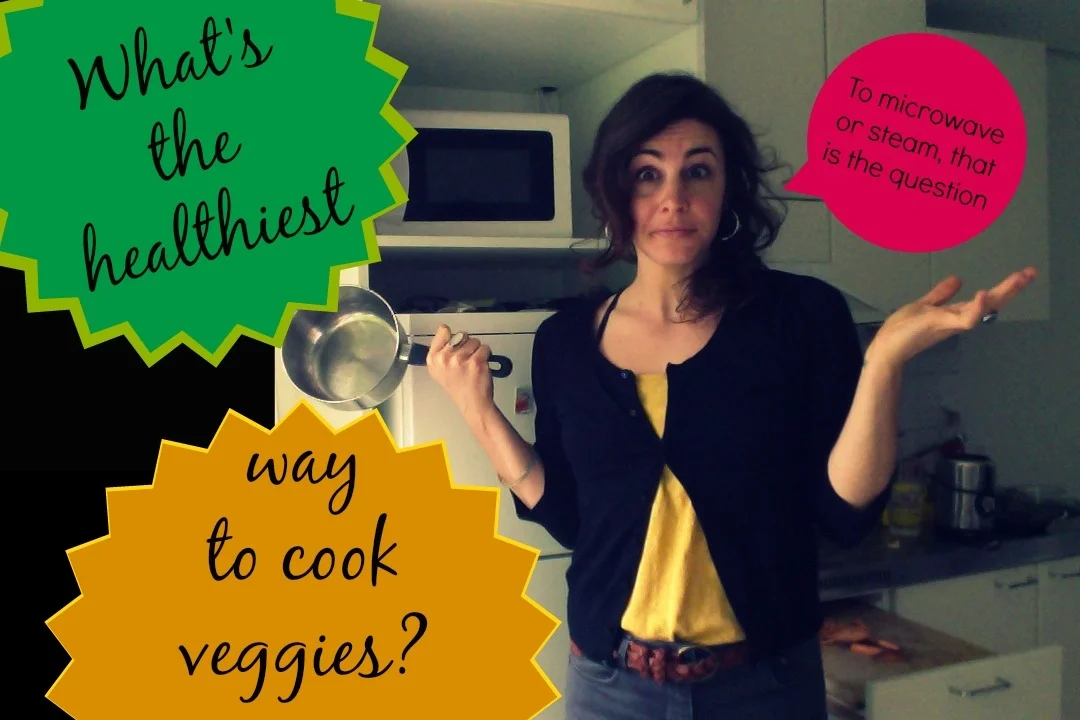What I Eat in a Day on a Plant-Based Diet
/Many people are surprised by how much I eat and what I eat. "But you're so skinny!" some will say as I'm eating the largest bowl of potatoes and veggies they've ever seen. (I personally prefer lean (and strong!) over skinny).
I eat a large volume of food everyday and I love it! I love not being afraid of eating too much or gaining weight. I know that the food I eat is helping me not only stay lean, but energetic, incredibly healthy and this, makes me very happy and in control of my body.
So what do I eat to feel and look this way?
Currently, I'm working 10 hours/day, 50 hours a week (at least) on an organic vegetable farm, burning calories (and needing more food) than if I was working an office job. Keeping that in mind, this is what a regular day looks like for me.
My Typical Daily Eats
Breakfast (5:30 am):
I always eat breakfast. Every single day. If I don't, I'll faint in a few hours.
Regular or thick rolled oats with ground flax seed, cinnamon and fruit is what I eat for breakfast 95% of my mornings. It's filling, keeps me energized for 3-4 hours easily and it's cheap!
Today I topped my oats with a small banana, blueberries and half a peach.
I rarely get tired of eating oatmeal everyday. Changing the fruit with the seasons keeps my oatmeal feeling new everyday.
However, when I do urge for something different, pancakes typically call to me. I'll make whole wheat pancakes with banana and blueberries or banana with dark chocolate nibs if it's a treat.
Mini-Meal (snack) (9 am):
Multiple days each week I'll eat half of a large sweet potato for a snack. Or a salad with plenty of beans (I love garbanzos right now) with 100% whole-grain toast or a smaller amount of left-over dinner.
I prefer to call snacks mini-meals because people tend to eat healthier when they eat a meal versus a snack like pretzels or chips.
Lunch (12:30 pm):
Lunches are always something filling (I don't want to feel hungry out in the field!), highly nutritious and are typically left-overs from last night's dinner. We always cook large batches during dinner so both my boyfriend and I have lunches for the next day.
The base of the meals are always either beans, potatoes, sweet potatoes, winter squash, rice or other whole-grains like corn, quinoa, farro or 100% whole-grain pasta.
These filling starchy (yes starchy!) whole plant foods, are always topped with a variety of different vegetables and sauce for a complete meal.
This may look like corn tortillas with rice, black beans and corn with grilled zucchini, onion, peppers, spinach and salsa on-top.
Mexican burrito bowl lunch -- rice, beans, shredded jicama, corn, salsa, cilantro and lime juice.
Or, lunch may be vegetable curry over rice, vegetable lasagna and salad or a thick veggie burger patty with sweet potato fries.
If I didn't have time to cook, I'll just eat 2 sweet potatoes and a large salad with a lot of beans on-top and it tastes delicious!
Mini-Meal (snack) (3-4 pm):
Depending on how full I feel, I'll eat another small snack in the field around 3 or lately, I've been eating banana ice-cream when I get home around 4:15 to hold me over until dinner.
Dinner (7 or 8 pm-ish):
I'm either making dinner at home similar to lunch OR going out to eat, especially now when I'm working so much. When we go out to eat our favorite locations are Laughing Planet, Nearly Normals and Block 15 in Corvallis, Oregon.
I'm lucky there are so many restaurants where I live that offer vegan and plant-based options. So when I go out to eat I can eat an oil-free burrito at Laughing Planet -- rice, beans, salsa, spinach and kale with their hole mole sauce. Yum!
Or, at Nearly Normal's I'll frequently get the Peanut Pad Thai which is not sautéed in oil with a salad with their oil-free tahini dressing.
Peanut Pad Thai from Nearly Normal's
Sweet Potato Enchilada from Nearly Normal's
At Block 15, I order their home-made Black Bean Burger (It's huge and delicious!) with their oil-free honey mustard dressing.
Block 15's house made Black Bean Burger with oil-free honey mustard dressing
(Haha whose coming to visit to go out to eat with me? Seriously!)
Take Away Tips
These are the important notes I want you to take away from what I eat on a regular basis.
1. In my home, I don't cook with oil (it's not even in the house), sugar (again, not in the house) and we don't eat dairy or meat in the house as well. Any of these rare 'treats' are saved for special occasions outside of the house.
2. When I go out to eat (yes you can do this!) I always order as healthy and filling meals as possible without oil and animal foods. Sometimes it's not always possible to get completely oil-free, but I go for the best possible option. (Please note I'm also at my ideal weight and disease free. Depending on your situation, I may be tougher with you here ;-).
3. Nut, seeds and other high-fat foods are used as condiments. I don't eat an entire avocado as a snack, eat peanut butter out of the jar or snack on hand fulls of nuts. I wouldn't lose or maintain my current weight if I did! To get the nutritional benefits of high-fat plant foods without gaining weight, sprinkle nuts on-top of a larger dish like salad or oatmeal or spread one slice of avocado on a veggie burger.
Now I'd LOVE to hear from you! Please share your thoughts in the comments section below by answering today's Take Control Now Question.








